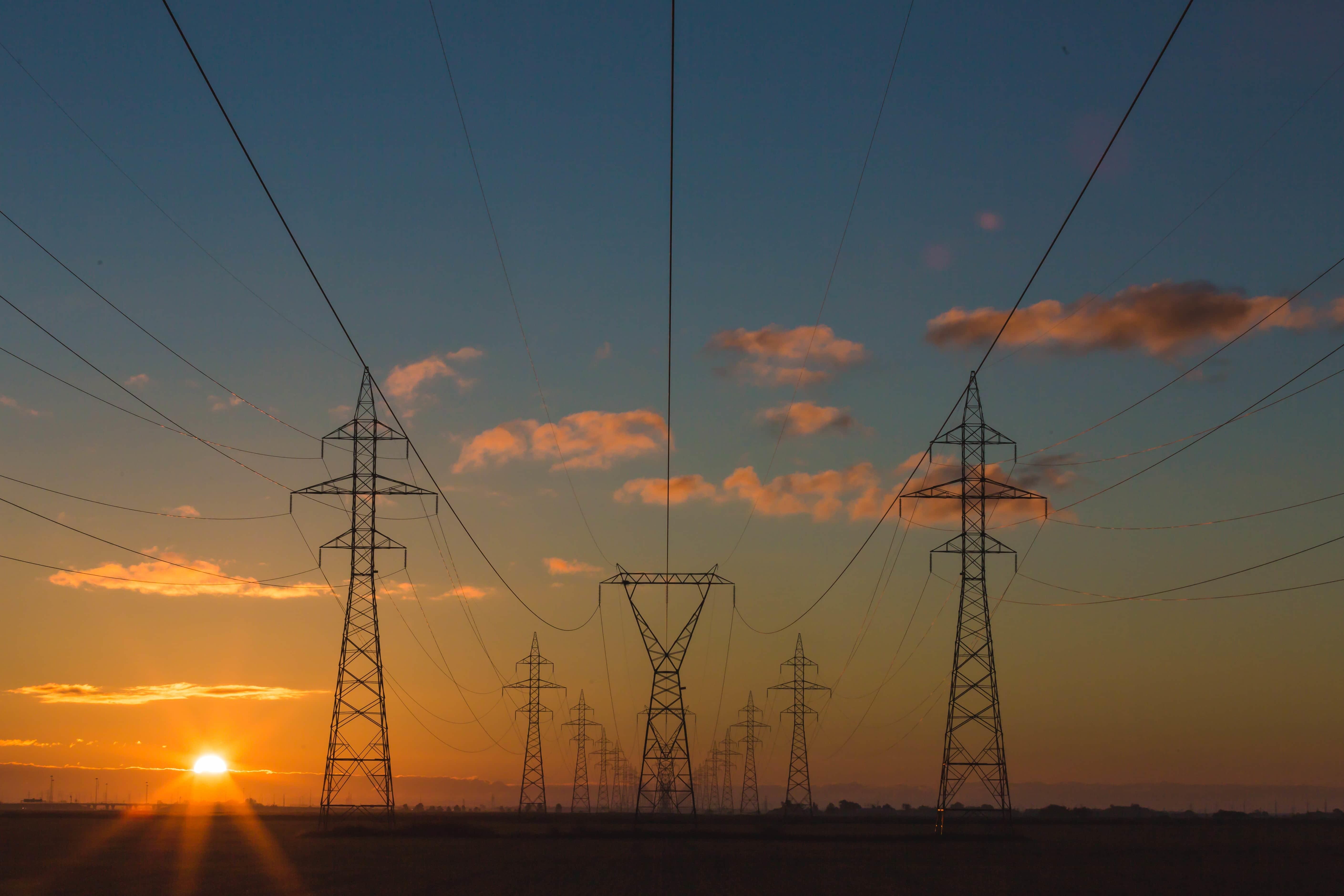What would the world be like if we didn’t have electromagnets? To give you an idea, consider this: we’d have no generators and no way to store electricity, let alone have any means of power transmission. Naturally, it follows that we would have none of the tech or amenities we enjoy today. Even as a matter of general interest, electromagnets make for a fascinating study.
What to Know About Electromagnets
- Magnetism is a naturally occurring phenomenon but electromagnetism is an invention.
- Electromagnets are coils of wire that current travels along, creating a magnetic field.
- The technology to build electromagnets was established in the 1820s.
- Electromagnets are among the most versatile and powerful magnets, used in many applications.

What is an Electromagnet?
Magnetism works ‘naturally’: a positive charge repels a negative charge. That's clear and well understood by all (well, by most). By contrast, electromagnets work differently. They create magnetism with current flow.
The flow of charged particles through an electrical conductor.
In other words, the flow of electricity.
In electromagnetism, the wire is the electrical conductor. As the current flows, the wire becomes magnetized. But rather than in one direction – or arranged ‘inline’ – the electrons are untethered from their atoms and flow along the length of the coiled wire. That is what creates magnetic strength.

Recap: What is Magnetism?
As all good physics courses do, we start with a recap of basic principles - magnetism, in this case. This isn't us being redundant; electromagnetism is based on magnetic principles3 and all its related phenomena. Those include the magnetic poles, magnetic force, and the charged particles that animate all this at a subatomic level.
Magnetism works because of unpaired electrons. Electrons are the particles that make up part of the atom. Most materials have electron pairs with opposite charges. We call those ‘positive’ and ‘negative’ charges.
Their respective magnetic moment is neutralised, meaning they have no magnetic force.
When electrons are unpaired, they are not neutralised. In magnetic materials, scientifically known as ferromagnetic materials, these electrons can all spontaneously point in the same direction. That's what gives the material magnetic properties.
Our companion article, What is Magnetism?, goes much deeper into the science of magnetism. For this article's purposes, this short summary is enough to get us on the right track to explain electromagnetism. This video clip helps, too.
Fundamental Interactions
We can describe electromagnetism as one of the fundamental interactions that motivates all physical laws, on par with gravitation, and weak and strong interactions.
Electromagnetism is the physical force that keeps atoms together.
Properties of magnetism and electromagnetism are responsible for light, and for the bonding of chemical compounds, just to cite two examples.
When And How Did We Discover the Electromagnet?
This technology was invented in the 1820s. Scientists1 in separate countries began playing with the interaction of electricity and magnetism.
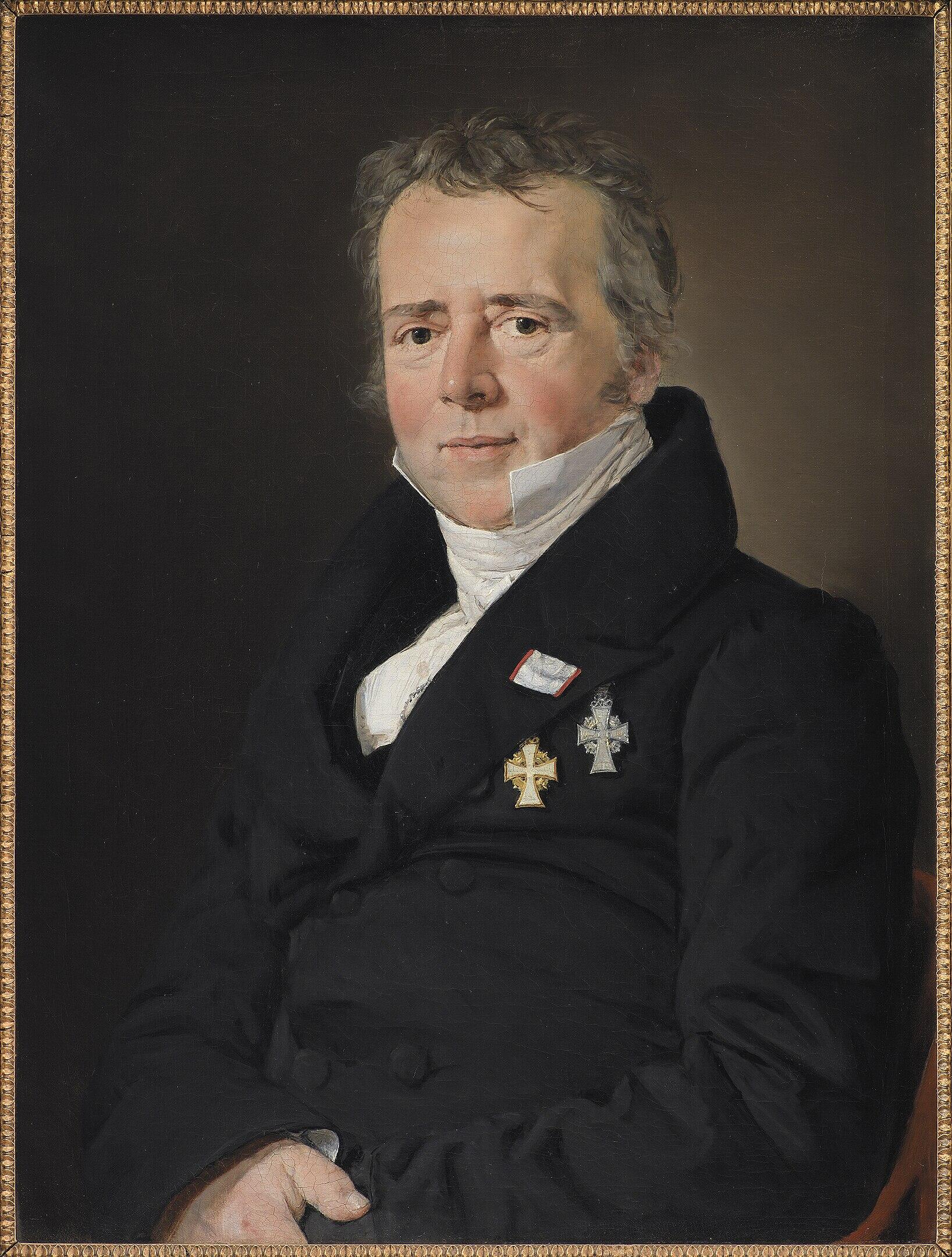
- Hans Christian Oersted
- born-died: 1777 - 1851, in Denmark
- known for: Oersted's Law
- discovered that electrical current creates a magnetic field

- William Sturgeon
- born-died: 1783 - 1850, in England
- known for: inventing the galvanometer, improving the electric motor and the induction coil.
- invented: the electromagnet
These two scientists worked independently of one another, yet arrived at the same conclusions. They relied on earlier discoveries, particularly on the work of André-Marie Ampère. He discovered that two parallel wires repel and attract each other depending on which way the current passes.
The word 'amp' comes from André-Marie Ampère.
He named the unit after himself.
Michael Faraday is another critical name in the history of electromagnetism. He established the principle of electromagnetic induction. However, no one knew how a coil of copper wire could produce a magnetic field until 1906.
Pierre-Ernest Weiss, a French physicist, addressed the question, ultimately producing his theory of the magnetic domain. With it, science came closer to knowing what happens in the middle of an electromagnet's coil.
Electromagnetism Discovery Timeline
1820
Hans Christian Oersted establishes that electrical current creates a magnetic field.
His discovery fuels Ampere's work.
September 1820
André-Marie Ampère develops a theory to understand the relationship between electricity and magnetism.
He names the unit of measurement for current flow the ampere.
1821
Michael Faraday builds two prototype electric motors.
His 'homopolar' motor became the basis of modern electromagnetic technology.
1825
William Sturgeon demonstrates the first electromagnet's power.
His device lifted nine pounds of material with a seven-ounce magnet.
1906
Pierre-Ernest Weiss formulates the theory of magnetic domain to explain electromagnetism.
How Do Electromagnets Work?
We now know enough about electromagnets' background to get an idea of their function. Now is the time to explore the working principle of these vital magnets.
The Structure of an Electromagnet
As Ampère demonstrated, wires themselves are magnetic. Thus, wire is integral to how to make an electromagnet, but we need more than a pair of wires to build such a device.
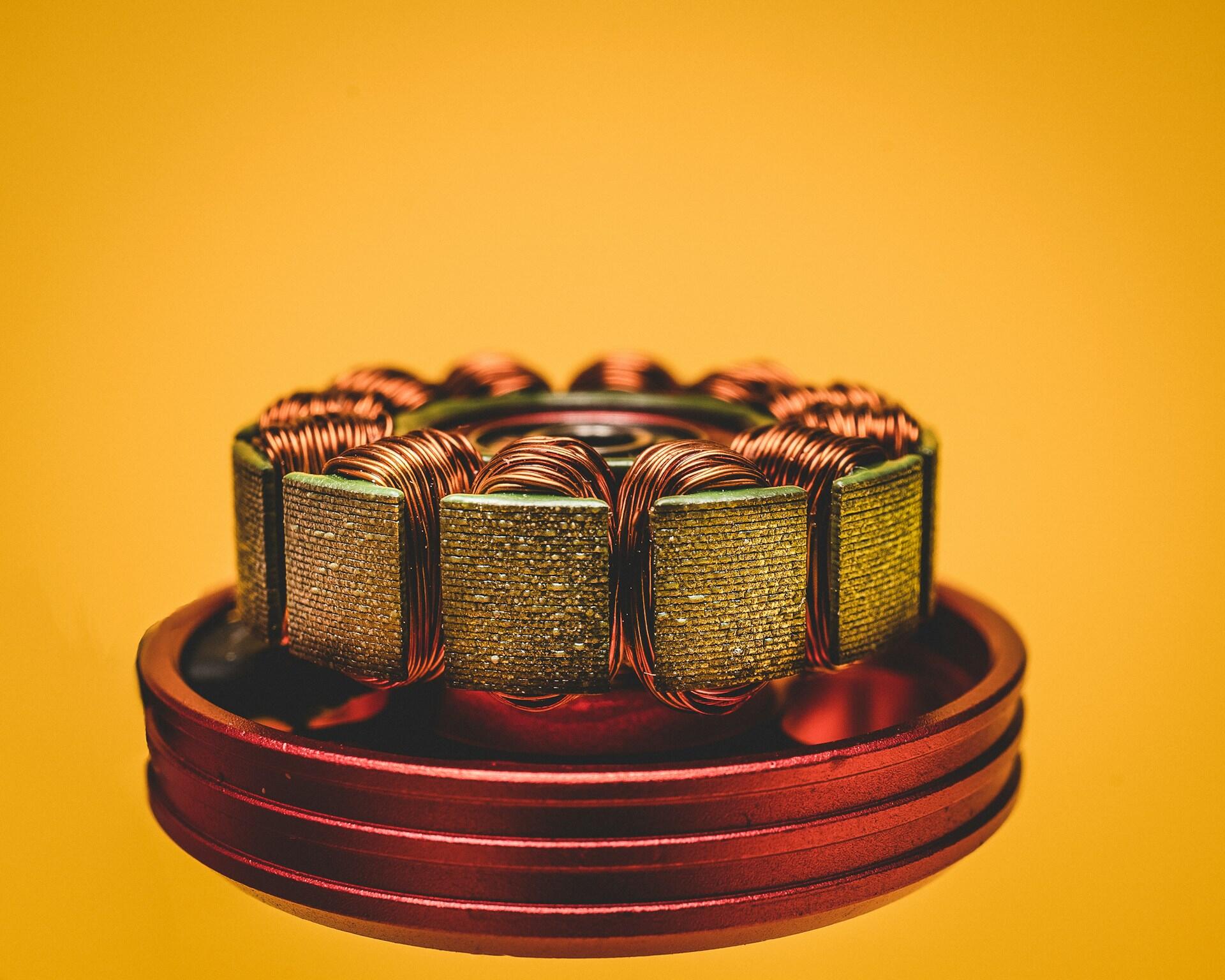
We need coils of (typically copper) wire wrapped around a cylindrical piece of ferromagnetic metal, preferably iron. Connect the wires' two ends to an electrical source - an outlet or generator. Once you switch the electricity on, electrical current runs through the wire. This magnetises the metal in the centre – just like a permanent magnet.
As soon as you disconnect or switch off the electricity, the metal core will cease to be magnetic.
Ferromagnets: aligned electrons give magnets natural power, which cannot be regulated.
Electromagnets: electrical current produces the magnetic field, which can be regulated and even switched off.
Top Physics tutors Melbourne could guide you through how to make an electromagnet2. The process is simple, and you don’t strictly need the iron core, as the magnetism the coil produces will boost even mildly magnetic materials' magnetism.
Electromagnetic Induction
'Magnetic induction' and 'electromagnetism' mean the same thing: the production of electromotive force (emf) across an electrical conductor (wire) in a changing magnetic field.
As the clip above demonstrates, moving a magnet close to or away from the solenoid (an energised coil of wire) causes a measurable flow of electric current. However, holding the magnet steady causes no change in current flow.
This happens because of the change in magnetic flux through a conductor - changing poles. Those changes induce an electromotive force. If the conductor forms a closed circuit, this action results in an electric current.
Chapter Takeaways

Types of Electromagnets
Electromagnets are not a one-type-fits-all proposition. Different applications require different
electromagnet strength factors (turns, current, core)2. This chart lists various electromagnets: their builds, functions, and where we find them.
| 🧲 Electromagnet type | 🔎 Construction | 🏭 Applications |
|---|---|---|
| Solenoid electromagnets | Helical coils that produce a uniform magnetic field. | They are power-passing devices, used as switches or actuators to engage machinery or machine components. |
| Parallel-pole electromagnets | Two parallel ferromagnetic side poles positioned with an electrical coil between them. | Used for industrial tasks like lifting, holding, and positioning ferrous materials. |
| Resistive electromagnets | Copper wire wrapped around a around a ferromagnetic core. | Typically found in industrial applications. |
| Superconducting electromagnets | Very fine filaments of superconducting materials (niobium-titanium or niobium-tin) embedded in a copper matrix. | Typically used in medical imaging devices like MRI machines, and in scientific research, particularly low-temp applications. |
| Hybrid electromagnets | A permanent magnet paired with an electromagnet coil, which delivers more precise control. | Maglev trains and other devices that operate across a range of speeds. |
| Air-core electromagnets | Does not feature a ferromagnetic core. | Best suited for research, particularly for scientific instruments. |
Electromagnetic Uses (Relays, Cranes, MRI): Everyday Applications
My Physics tutor never stops gushing about the wonders of electromagnets. Why, they're everywhere!He's right, of course. They power everything from sub-zero applications to public transit.1
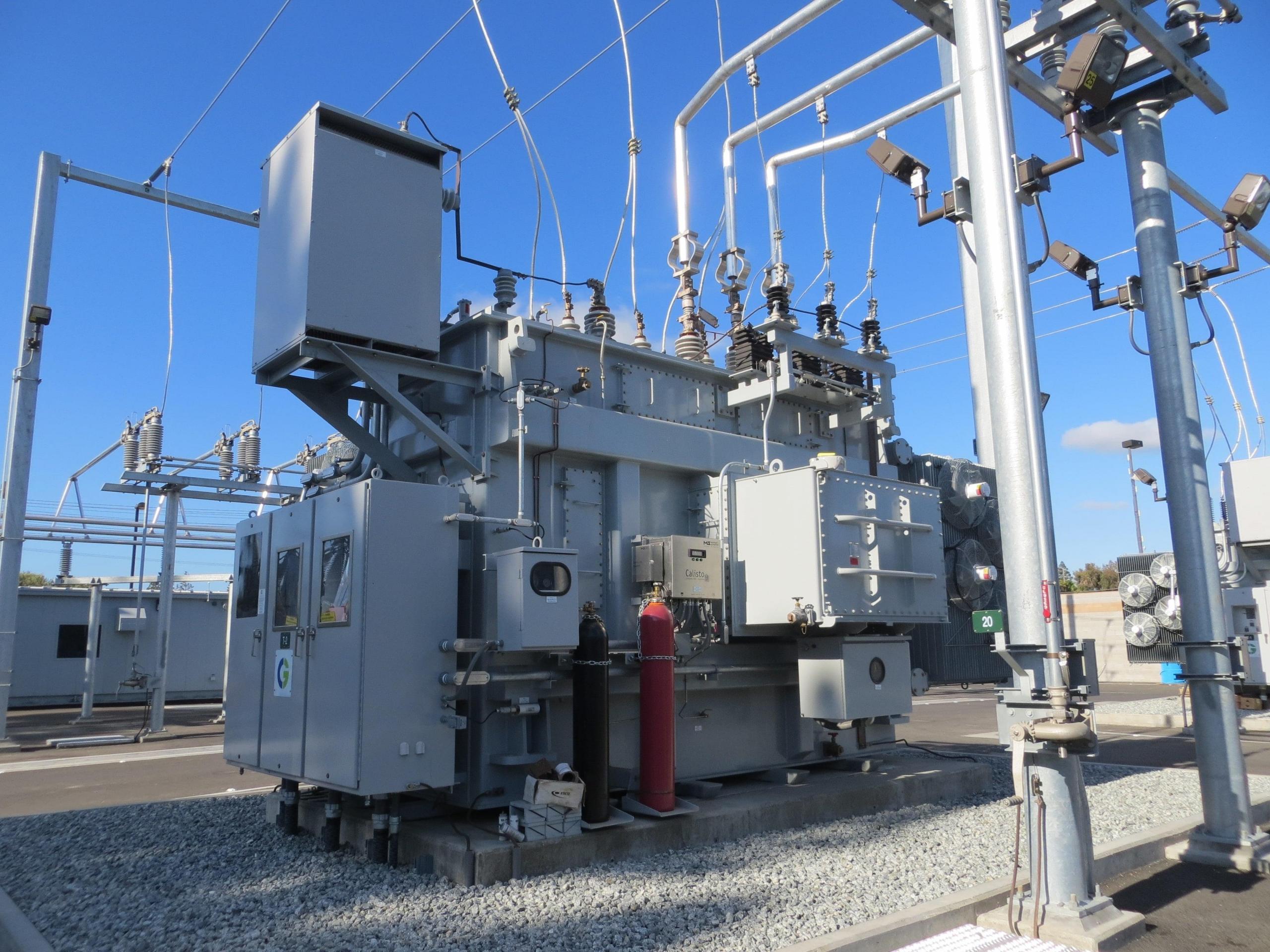
Transformers
Electrical power lines carry hundreds of thousands of volts. By contrast, our homes are wired for only 220 volts. So, before that electricity enters our homes, the voltage must be reduced. That’s the job of a transformer.
Transformers contain two coils: one with many turns and one with fewer turns. Voltage passes through the first coil and onto the next, delivering only as much voltage as the few turns allow. Without transformers, our electrical equipment would be much more dangerous.
Electric Motors and Generators
Electric motors, the kinds in cars and other machines, rely on the interaction of a magnetic field with an electrical current. They have two main parts: a stationary part (stator) and one that revolves around it (rotor).
As electrical current enters the coil, it becomes attracted to the stator, which flips polarity to repel it. This action causes the coil to spin, producing mechanical energy. Generators work on the same mechanical principle but rotate in the opposite direction.

Magnetic Levitation
Riding on a maglev train is super-smooth. Levitating trains can go faster, and work more efficiently due to the lack of friction. Maglevs require two sets of very strong magnets. One lifts the train from the rails and the other propels it down the track.
Shipping Cranes
The global economy depends on trade and that trade revolves around countries shipping goods to one another.
Once the cargo arrives at its destination port, massive cranes lift stacks and stacks of containers off those ships. How do they do that?
Those cranes' arms have powerful electromagnets in their grips. Once the crane operator seats the crane's grips, they engage those magnets, which lock the grips onto the containers.
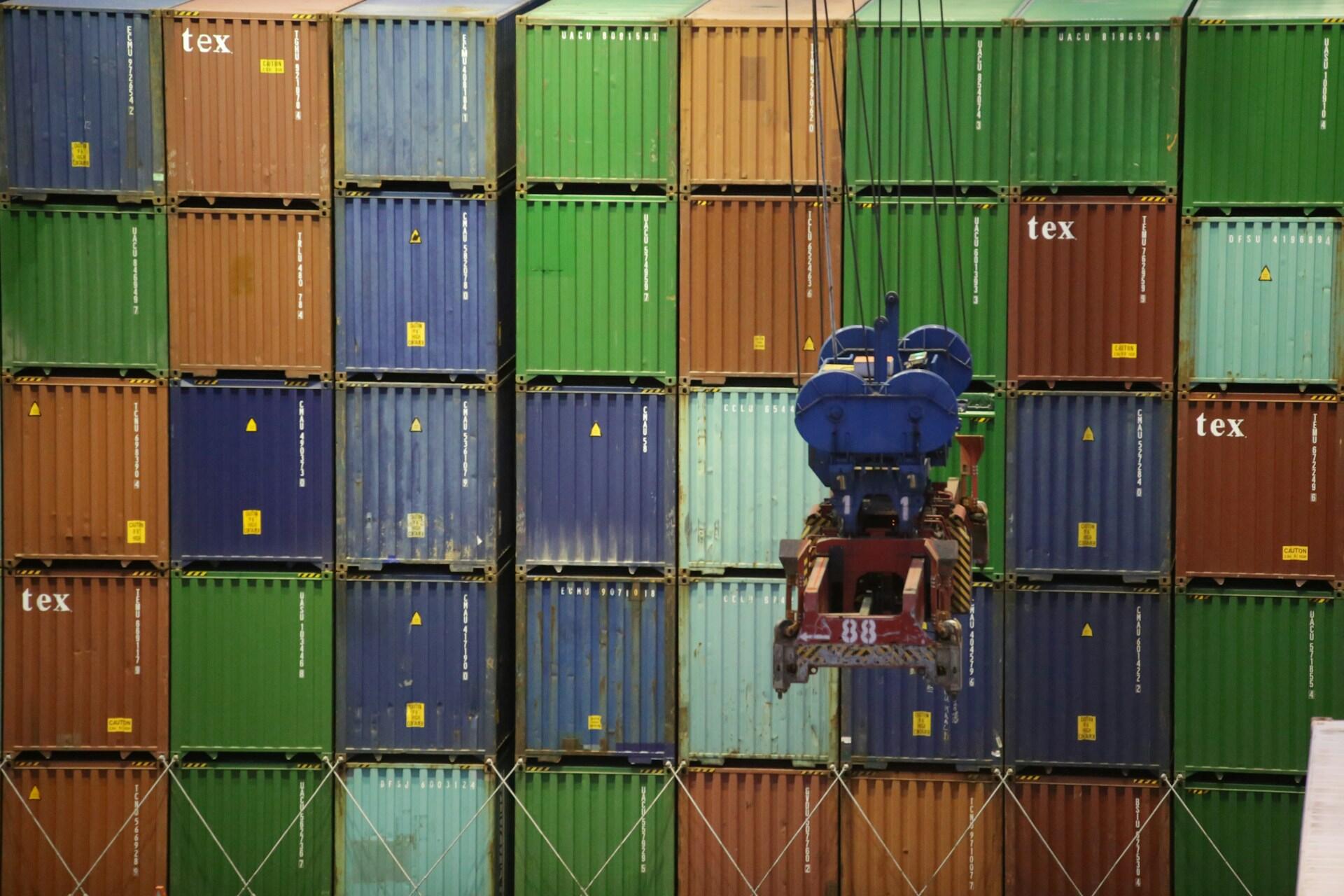
Then, the operator engages the winch, which lifts the secured container from its stacked position.
Magnetic Resonance Imaging (MRI)
Having to go for an MRI sounds ominous but, rest assured, it's far safer for you than X-Ray technology.
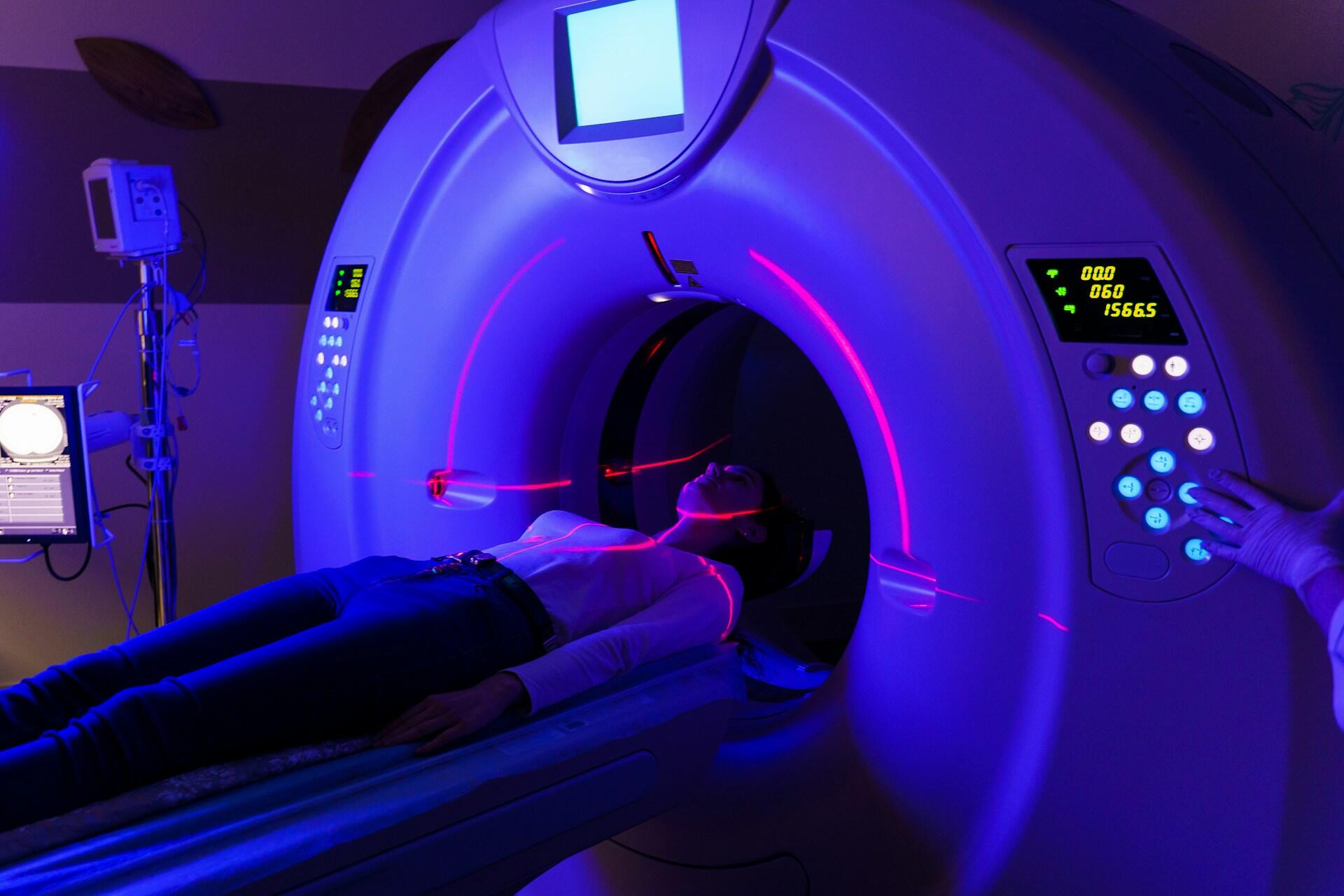
Rather than having your body bombarded with harmful rays, the MRI machine builds a magnetic field around you.
Your body's fat and water cells align with the machine's magnetism, so those molecules don't interfere with radiofrequency (RF) pulses that diagram your insides.
The constant flux between RF pulses and magnetic pull reveals areas of injury.
Electromagnets: Further Reading and Resources
- Marshall Brain, Chris Pollette & Yara Simón: https://science.howstuffworks.com/electromagnet.htm
- Justin Montenegro https://www.teachengineering.org/lessons/view/van_cleanupmess_less4
- Cathy Marchio https://www.stanfordmagnets.com/understanding-magnetism-meaning-mechanism-and-types.html

